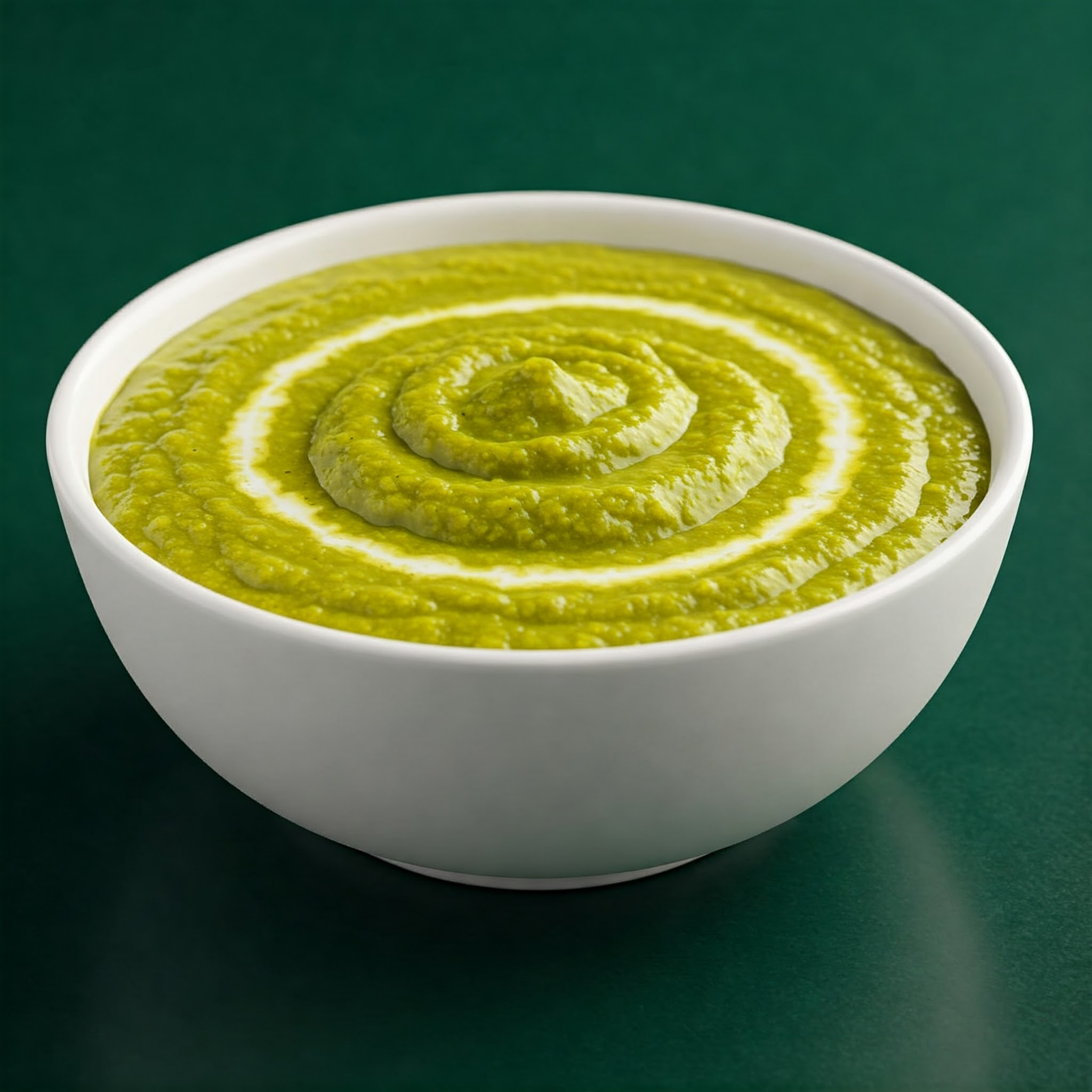Amaranth Leaves - Red (चौलाई की पत्तियाँ)
chaula, rajgira

About Amaranth Leaves - Red
Amaranth Leaves: Nature’s Wholesome Green Delight
In the rich tapestry of Indian cuisine, amaranth leaves shine as a true embodiment of nature's goodness. These vibrant green leaves offer not just visual appeal but are also packed with nutrition, overflowing with vitamins A, C, and K, as well as essential minerals like iron and calcium. Their delicate texture and earthy flavor make them a versatile ingredient, enhancing everything from traditional curries to contemporary salads. Amaranth leaves are revered not only for their taste but also for their numerous health benefits. With high levels of antioxidants and dietary fiber, they support digestive health, strengthen immunity, and promote strong bones. Adding these greens to your meals can elevate your diet, infusing it with color and vitality.
Culturally significant, amaranth leaves have been valued for centuries, often gracing festive dishes that symbolize abundance and prosperity. Whether sautéed with spices, blended into smoothies, or stuffed into parathas, they seamlessly adapt to various culinary styles. To incorporate amaranth leaves into your daily meals, visit planmeal This automatic meal planner simplifies the process of discovering delicious recipes and nutritious options that showcase the benefits of amaranth.
Here are some delicious recipes featuring green amaranth leaves, These recipes highlight the versatility and health benefits of amaranth leaves in various cuisines!
1. Amaranth Leaves Curry (Chaula Sabzi): A flavorful dish cooked with spices, tomatoes, and onions, served with rice or roti.
2. Amaranth Leaves Paratha: Whole wheat flatbreads stuffed with spiced amaranth leaves, perfect for breakfast or lunch.
3. Amaranth Leaves Soup: A light and nutritious soup made with amaranth leaves, lentils, and a blend of spices.
4. Amaranth Leaves Salad: Fresh amaranth leaves tossed with chopped vegetables, lemon juice, and olive oil for a refreshing salad.
7. **Amaranth Leaves Rice (Rajgira Pulao)**: A wholesome rice dish cooked with amaranth leaves, peas, and spices, offering a burst of flavor.
Celebrate the vibrant spirit of amaranth leaves - Nourish Your Body with Nature’s Greens!
Amaranth Leaves are important for their rich nutritional profile, offering essential vitamins A, C, and K, along with minerals like iron and calcium. They support overall health by boosting immunity, promoting digestion, and enhancing bone strength. Their high antioxidant content also helps combat oxidative stress. Amaranth Leaves are valued for their anti-inflammatory properties. They can be used to alleviate skin irritations when applied topically or consumed as juice to improve energy and vitality. Their versatility makes them a valuable addition to both diet and natural health solutions.
How to Store Amaranth Leaves - Red
To store Amaranth Leaves, start by rinsing them thoroughly under cold water to remove any dirt or contaminants. After washing, gently shake off excess water and pat them dry with a clean kitchen towel. Next, place the leaves in a perforated plastic bag or a breathable container to maintain moisture while allowing for air circulation. Store the bag in the vegetable crisper drawer of your refrigerator, where they can remain fresh for about 3 to 5 days. If you have cooked amaranth leaves, allow them to cool completely before transferring them to an airtight container for refrigeration.
Shelf Life of Amaranth Leaves - Red
Fresh amaranth leaves typically last about 3 to 5 days in the refrigerator when stored properly. If dried and stored in an airtight container, they can last up to 6 to 12 months.
How to Check Amaranth Leaves - Red Before Buying
When checking amaranth leaves from a local vendor, first inspect their color; they should be a vibrant green without any signs of wilting or yellowing. Look for fresh leaves that feel crisp rather than limp or slimy. Check for any blemishes, spots, or browning, which can indicate spoilage. If possible, gently smell the leaves; they should have a fresh, earthy aroma.
It is generally advisable to purchase amaranth leaves in smaller quantities unless you plan to use them quickly, as they typically last about 3 to 5 days in the refrigerator. If you buy in bulk, consider cooking or using them soon after purchase. Alternatively, you can wash and freeze any excess to preserve their freshness for later use. This way, you can enjoy their nutritional benefits without waste.
Explore
Explore our services and take your business to the next level.
Recent Posts

Spinach Kuttu Pakode are a fantastic addition to your weekly meal plan, offering...

Pudina Dal is the perfect addition to your weekly meal plan, combining flavor an...

Lauki and Methi Thepla is the perfect addition to your balanced weekly menu. Pac...

Suji Aloo Sandwich is a perfect blend of comfort and nutrition, making it a grea...

Bajra Ladoo is a nutritious and delicious addition to your weekly meal plan. Mad...
Ready for a Healthier You?
Take control of your wellness! Get a customized meal plan that fits your lifestyle. It's time to eat smarter, feel better, and transform your life!
Get Your Plan Now!Already a member? Login and start now!
Nutrition Facts
Serving Size:
Servings Per Container: 1
| Amount Per Serving | ||
|---|---|---|
| Calories | 33.46 | |
| Fat | ||
| Saturated Fat | ||
| Trans Fat | ||
| Cholesterol | 0 | |
| Sodium | 14.58 | |
| Carbs | 2.37 | |
| Fiber | ||
| Sugar | 0 | |
| Protein | ||
| VitaminD | ||
| Calcium | 245 | |
| Iron | 7.25 | |
| Potassium | 564 | |
* Percent Daily Values are based on a 2000 calorie diet.
* Percent Daily Values are based on a 2000 calorie diet.




